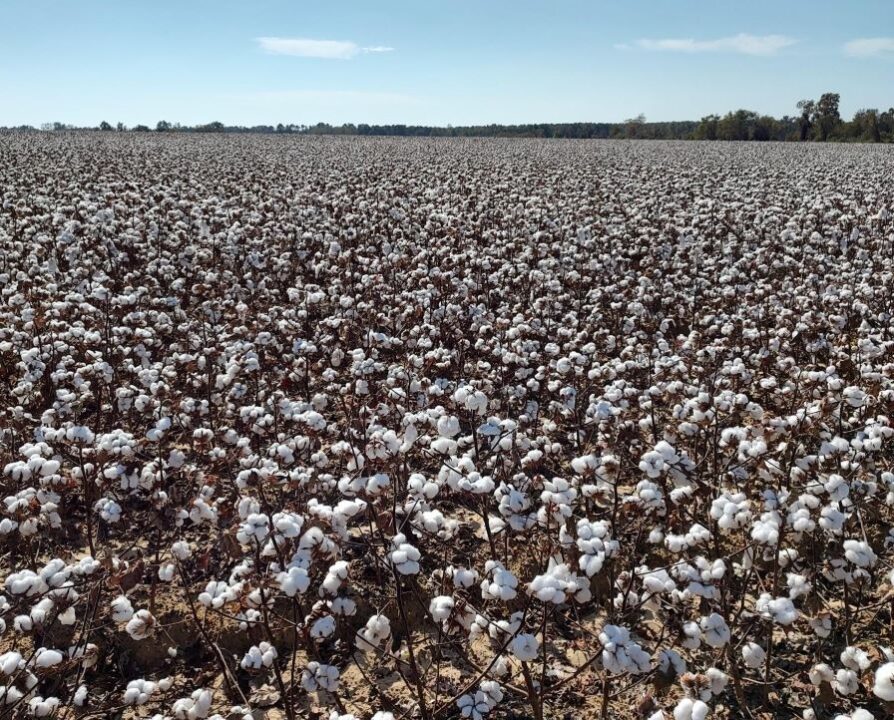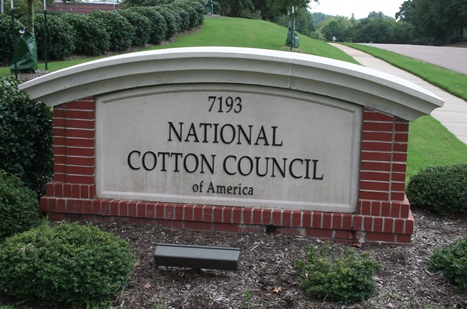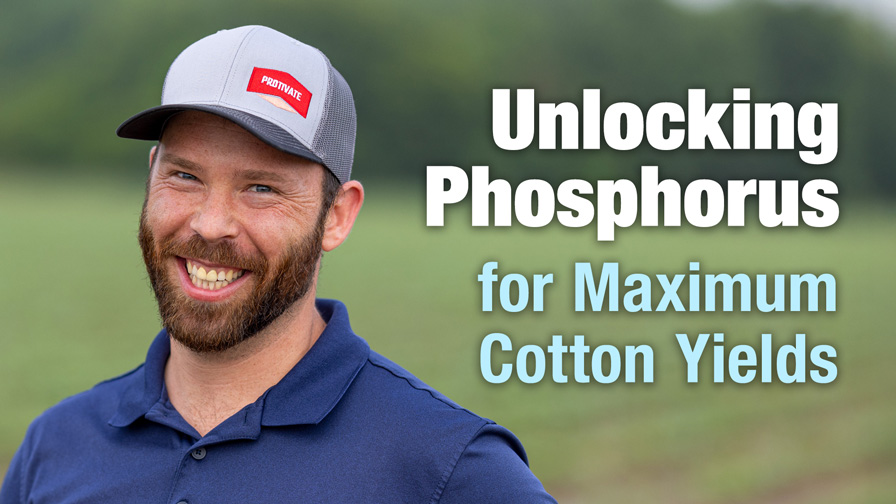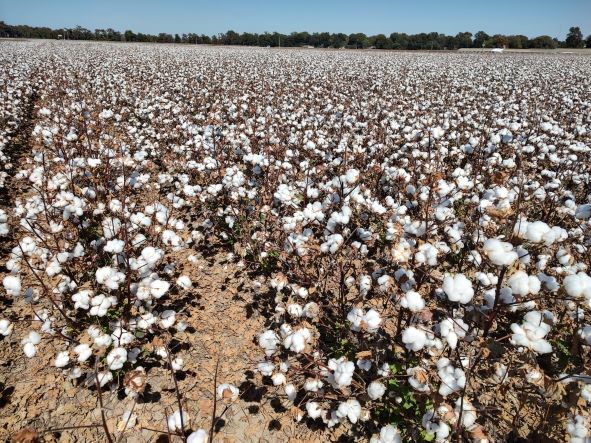Monsanto, Illumina Reach Cotton Genome Sequencing Milestone
The complicated cotton genome is one step closer to having its genetic threads unraveled, thanks to a key research milestone completed and announced September 23, by Monsanto Company and San Diego-based Ilumina Inc.
Combining Monsanto’s knowledge of cotton genomics and Illumina’s next generation sequencing technology, a critical landmark has been achieved that could lead to the development of cotton crops with higher yields, better fiber quality, and greater resistance to diseases and pests.
The two companies have completed sequencing a wild Peruvian cotton species, Gossypium raimondii, and will donate their findings to the public. The completion of G. raimondii will aid public and private researchers in their quest to sequence the more elusive genome of domesticated cotton, G. hirsutum.
Once the information is publicly available, David Stelly, a molecular breeder and cotton genomicist with Texas A&M University, is expected to lead the effort to pull together a group of researchers in the public sector to conduct further analysis of the G. raimondii genome and the role it plays in key functions such as fiber development.
“A public reference genome sequence is essential to efficient use of modern genomic technologies for both non-GE and GE approaches to genetic improvement,” says Stelly. “The lack of a good public reference genome for cotton has been among the most serious constraints on development of cotton genomics. The ongoing efforts by Monsanto and Illumina will lead to a good public reference genome for cotton, and help stimulate the creation of new and more efficient research paradigms in cotton research and improvement. These will be needed if society is to meet additional demands of the future, when we’ll have to produce more, yet use fewer resources.”
Upland cotton accounts for more than 95 percent of U.S. production. Its genome has proven difficult to sequence and assemble because of its large size as well as the large quantity of repetitive DNA. The cotton genome, at about 2.7 billion nucleotides, is roughly comparable to the human genome at 3.2 billion. Additionally, most organisms—including humans—have two sets of chromosomes. However, domesticated cotton has four sets.
“Imagine you have four puzzles and all of their numerous pieces to put together in order,” says Ty Vaughn, Monsanto global cotton technology lead. “On top of that, many of the puzzle pieces are identical. The cotton genome presents the same unique challenge to researchers.
“(This) will bring everyone closer to assembling the entire cotton genetic puzzle. Sequencing helps cotton breeders and researchers identify which genes are responsible for which characteristics in the crop. A high-quality genome map can help us get where we need to go faster and the more detailed that map the faster we can get there.”
Monsanto and Illumina will deposit the genetic data into the public domain through entry in the GenBank database, hosted by the National Center for Biotechnology Information. Monsanto has a history of donating its genomic knowledge to the public sector.
In cotton, Monsanto previously donated 4,000 cotton molecular markers and associated information to Texas AgriLife Research, an agency of the Texas A&M System, in April 2009. These types of public donations should help cotton research continue to move forward.
“As a leader in the cotton industry, we have the resources, expertise, and partners such as Illumina to conduct this type of work, and believe it’s important to share this knowledge with both public and private researchers so we can all benefit,” says Vaughn. “We can achieve the ultimate goal of a complete sequence of the cotton genome faster by sharing what we’ve learned and enabling others in the cotton community to continue and build upon this research.”









